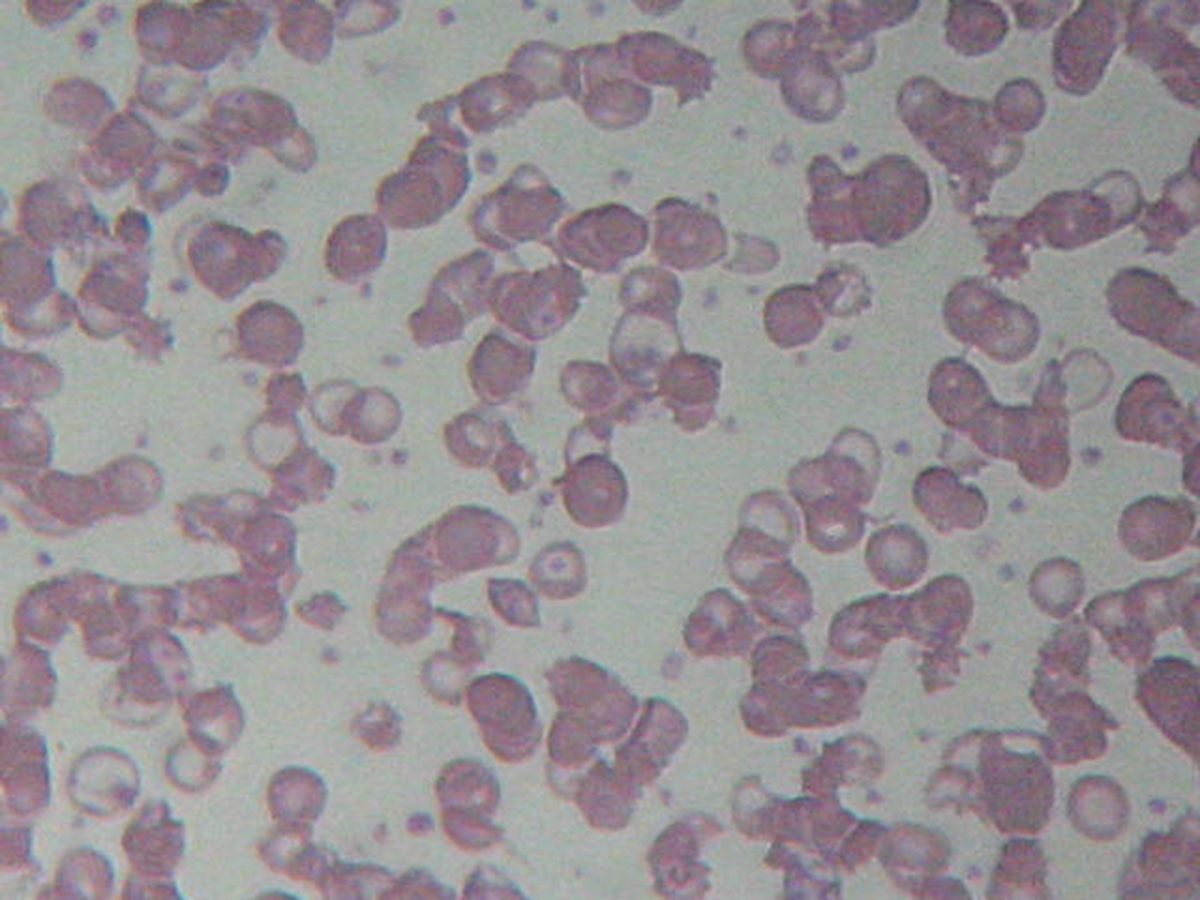Table of Contents
Thalassemia is a blood disorder in which the body is unable to make normal hemoglobin. Hemoglobin is a protein present in the red blood cells, which carry oxygen to all parts of the body. In thalassemia, the red blood cells containing abnormal hemoglobin are destroyed and the patient becomes anemic. Anemia is defined as an inadequate number of red blood cells in the blood. This lack of hemoglobin and poor oxygen delivery results in the symptoms of anemia.
Thalassemia is an inherited disease, which means it is passed down from parents to children. At least one parent must be a carrier or have the disease, for a child to have thalassemia. If both the parents are carriers, there is a 25 percent chance for their child to have thalassemia. In other words one out of four children will have thalassemia. These statistics merit the use of premarital screening of both the parents for detecting thalassemia gene, especially in the areas where thalassemia is pretty common.

Types Of Thalassemia
The two main types of thalassemia are alpha thalassemia and beta thalassemia, depending on which chains of hemoglobin are defected. In alpha thalassemia, one or more of the alpha globin genes have a mutation or abnormality. In beta thalassemia, the beta globin genes are the ones deleted. It is further divided into beta thalassemia major and beta thalassemia minor. The severity of the symptoms and the prognosis depends on the exact type of thalassemia.
Symptoms Of Thalassemia
The symptoms of thalassemia vary with the severity and type of the disease. Beta thalassemia minor is associated with minimal symptoms and generally does not require any intervention.
READ Sickle Cell Anemia: Symptoms, Diagnosis And Treatment
Beta thalassemia major is the most severe form of thalassemia and it is often associated with most of the following symptoms.
- Anemia: Decreased hemoglobin and decreased normal red blood cell count renders the patient anemic. The child has the sign and symptoms of anemia like pallor, shortness of breath, tiredness and failure to thrive.
- Slowed growth rates: Due to anemia, the growth of the child is often retarded. The puberty of the patient is also delayed.
- Infections: Patients with thalassemia have an increased risk of infections. This is especially true if the spleen has been removed because spleen protects a person against infections.
- Bone deformities: In a patient with thalassemia, the bone marrow is defective and can’t make enough blood cells, so, as compensation the bone marrow expands within the bones. This expansion widens the bones. This results in abnormal bone structure, especially in the face and skull. When the bone deformities are noticeable, the disease is usually at its peak.Bone marrow expansion also makes the bones brittle and thin, increasing the risk of bone fractures.
- Enlarged spleen: The spleen normally helps in fighting infections and removing unwanted material from the blood including the damaged red blood cells. In a patient with thalassemia, there are a large number of abnormal or damaged red blood cells. Spleen is ultimately exhausted in these patients after continuously removing a large number of damaged red blood cells. Spleen gets enlarged as a result. Splenomegaly makes the anemia worse and it also reduces the life of the transfused red blood cells. When there is a massive splenomegaly, the surgical removal of spleen becomes mandatory.
- Photo courtesy of GreenFlames09 via Flickr: www.flickr.com/photos/greenflames09/74296336
- Photo courtesy of GreenFlames09 via Flickr: www.flickr.com/photos/greenflames09/74296336
- Photo courtesy of makelessnoise via Flickr: www.flickr.com/photos/makelessnoise/2562431372
- Photo courtesy of makelessnoise via Flickr: www.flickr.com/photos/makelessnoise/2562431372


Your thoughts on this